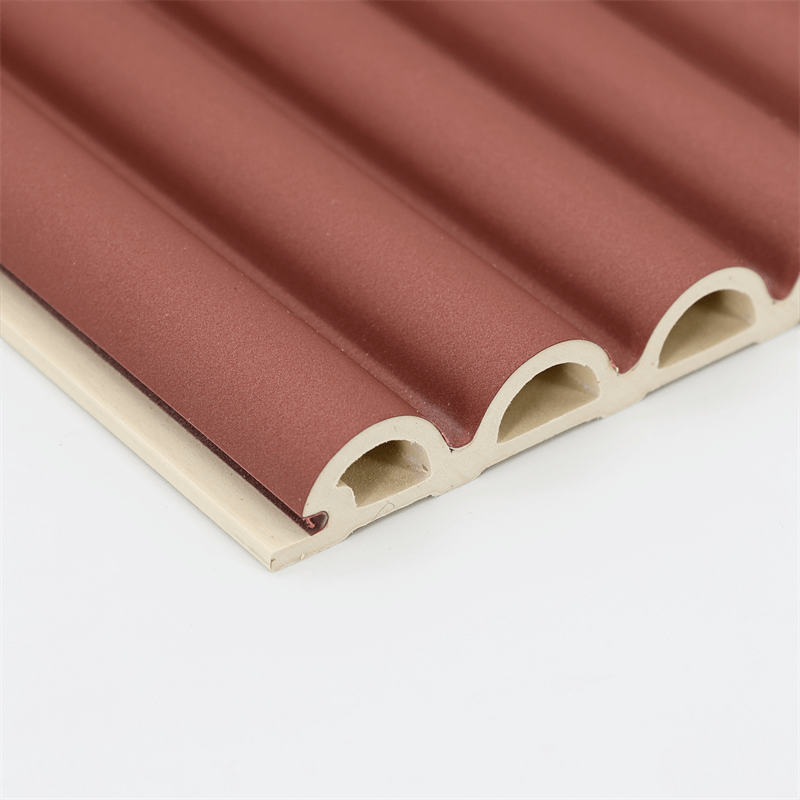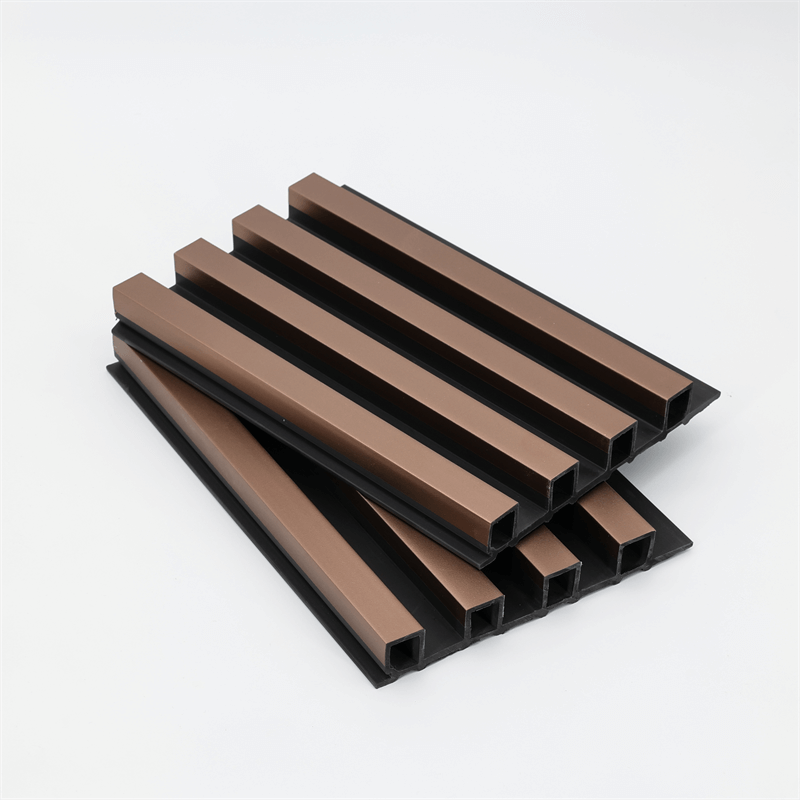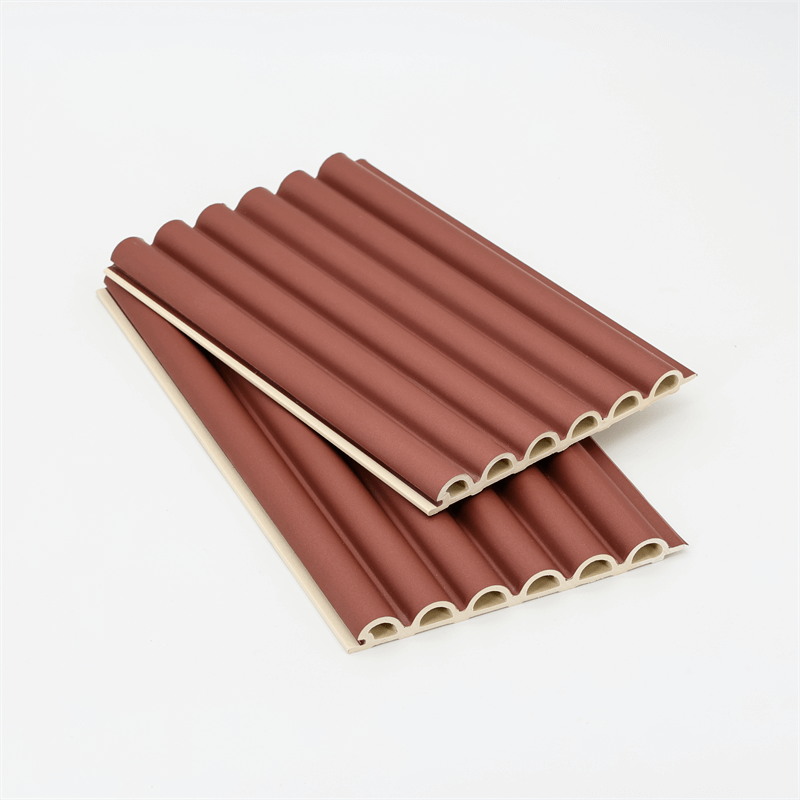Creating beautiful and sustainable spaces is a priority for designers and homeowners alike.
The demand for materials that offer aesthetic appeal while being environmentally conscious is on the rise.
WPC (Wood-Plastic Composite) wall panels have emerged as a versatile solution that allows us to achieve both beauty and sustainability in interior design.
This essay explores how WPC wall panels offer the perfect balance of aesthetics and eco-friendliness, focusing on their sustainable material composition, design versatility, durability, and positive environmental impact.
I. Sustainable Material Composition:
WPC wall panels are crafted using a combination of wood fibers or flour and recycled thermoplastics.
This sustainable material composition reduces reliance on virgin resources and promotes the use of recycled materials.
By incorporating WPC panels, designers and homeowners contribute to the preservation of natural resources and the reduction of waste.
The use of recycled thermoplastics also helps divert plastic waste from landfills, making WPC panels an environmentally responsible choice.
II. Design Versatility and Aesthetic Appeal:
WPC wall panels offer a wide range of design options, allowing for creative freedom and customization.
They come in various colors, textures, and finishes, enabling designers to create visually stunning interiors that suit their clients’ preferences and design visions.
The natural look and feel of the wood fibers in WPC panels add warmth and character to any space, enhancing its overall aesthetic appeal.
Whether aiming for a contemporary or traditional style, WPC panels can be tailored to create unique and captivating designs.
III. Durability and Longevity:
One of the key advantages of WPC wall panels is their durability and long lifespan.
These panels are resistant to impact, scratches, and stains, making them suitable for high-traffic areas.
Their moisture resistance also makes them ideal for use in bathrooms and kitchens, where water exposure is common.
The robust construction of WPC panels ensures their longevity, reducing the need for frequent replacements.
This not only saves costs but also contributes to waste reduction and a more sustainable approach to interior design.
IV. Positive Environmental Impact:
WPC wall panels have a positive environmental impact throughout their lifecycle.
Firstly, their sustainable material composition reduces the demand for virgin resources, such as timber, and helps preserve natural habitats.
Secondly, the recyclability of WPC panels ensures that they can be repurposed or recycled at the end of their life. This minimizes waste generation and promotes a circular economy.
Additionally, the installation of WPC panels can contribute to improved energy efficiency within buildings.
The insulation properties of WPC panels help maintain consistent indoor temperatures, reducing the reliance on heating and cooling systems and lowering energy consumption.

In conclusion, WPC wall panels offer a compelling solution to achieve both beauty and sustainability in interior design.
Their sustainable material composition, design versatility, durability, and positive environmental impact make them a preferred choice for designers and homeowners seeking eco-friendly options.
By incorporating WPC panels into their spaces, individuals can contribute to the preservation of natural resources, reduction of waste, and creation of visually captivating interiors.
WPC wall panels represent a harmonious blend of aesthetics and eco-friendliness, enabling us to create beautiful and sustainable spaces that reflect our commitment to a more sustainable future.
In conclusion, WPC wall panels provide a pathway to achieving beauty and sustainability in interior design.
With their sustainable material composition, design versatility, durability, and positive environmental impact, these panels offer a compelling solution for designers and homeowners seeking to create visually captivating and eco-friendly spaces.
The use of WPC panels contributes to the preservation of natural resources by reducing reliance on virgin materials and promoting the use of recycled thermoplastics.
By diverting plastic waste from landfills, WPC panels support a more sustainable approach to waste management.
Designers have the freedom to unleash their creativity with WPC wall panels, as they come in a variety of colors, textures, and finishes.
Whether aiming for a contemporary or traditional style, these panels can be customized to suit individual design preferences, enabling the creation of unique and captivating interiors.
Moreover, the durability and longevity of WPC panels ensure that they withstand daily wear and tear, reducing the need for frequent replacements.
This not only saves costs but also contributes to waste reduction and a more sustainable approach to interior design.
Additionally, WPC wall panels have a positive environmental impact throughout their lifecycle.
Their recyclability ensures that they can be repurposed or recycled at the end of their life, minimizing waste generation and promoting a circular economy.
Furthermore, their insulation properties contribute to improved energy efficiency within buildings, reducing energy consumption and the associated carbon footprint.
By embracing WPC wall panels, designers and homeowners can achieve a harmonious balance between aesthetics and sustainability.
These panels offer a compelling solution to create beautiful spaces while reducing environmental impact. Let us embrace the possibilities offered by WPC wall panels and embark on a journey towards a more sustainable and aesthetically pleasing future in interior design.


